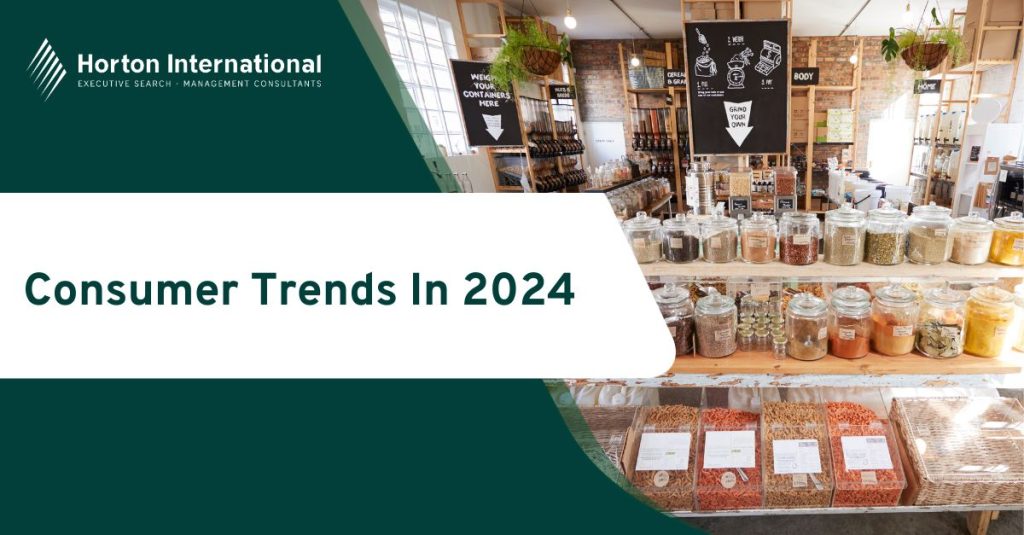Retail sales are considered a barometer for economic vitality and consumer confidence. I always wonder how the complex interplay of multiple factors is reflected in consumer choices as consumer behaviours seems to be changing in an increasingly rapid phase. These are interesting times in businesses as trends are heavily shaping the world of consumption. Here, we look at four trends shaping the consumer market into 2024. These include:
Generative AI
Generative AI stands at the forefront of technological innovation, poised to redefine the consumer sector. The potential impact spans from personalised experiences and efficient operations to innovation in product design. As businesses embrace the transformative potential of generative AI, it is imperative to navigate ethical considerations responsibly, ensuring that these technologies contribute to a positive and inclusive consumer experience. The future promises a consumer sector with unprecedented personalisation, efficiency, and engagement, ushering in an era of innovation and advancement.
Climate Concerns
The intersection of climate concerns and consumer behaviour marks a pivotal moment in the evolution of our global society. As individuals increasingly recognise the profound impact of their choices on the environment, they are reshaping markets, demanding sustainable alternatives, and holding businesses accountable for their environmental practices. The ongoing shift towards eco-conscious consumer behaviour reflects a collective commitment to creating a more sustainable and resilient future for future generations. It is a testament to the transformative power of informed consumer choices in the face of the pressing climate crisis.
Value for money
In challenging financial times consumers are looking for savings. They include traditional ways of e.g. taking advantage of sales but also transforming their own consumer habits, such as cooking more meals at home instead of dining out. Alongside traditional financial strategies, consumers can employ lifestyle changes to optimise their finances. For example, thrift shopping and buying second-hand items can significantly save money on clothing, furniture, electronics, and other goods. Energy-saving practices, for instance, using energy-efficient appliances, reducing water and electricity consumption, and adequately insulating homes, can contribute to lowering utility bills.
Wellness
The wellness trend is not just a fad but a fundamental shift in consumer consciousness. As consumers prioritise health and well-being, businesses across various industries must adapt and incorporate wellness-focused offerings to meet evolving consumer expectations. Brands that authentically align with wellness values and prioritise health-conscious practices are likely to resonate more strongly with today’s discerning consumers.
In our latest report, we look at each of the trends and possible responses in a more in-depth way – Download the report here.








